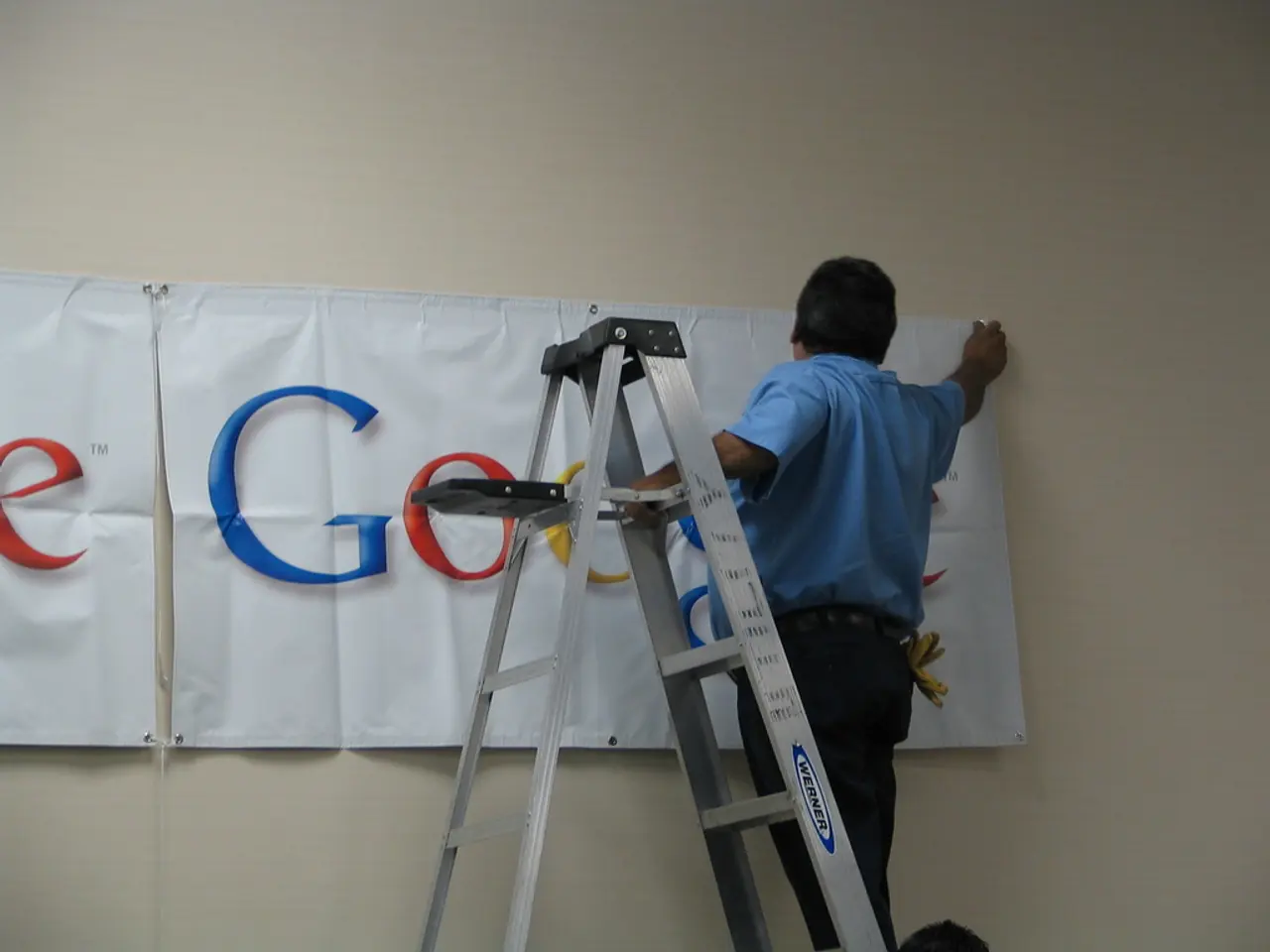LED Functioning: An Explanation of Light Emitting Diodes
LED lighting, small yet mighty, is revolutionizing the world of lighting with its energy efficiency, extended lifespan, and superior quality.
LEDs (Light Emitting Diodes) are the modern alternative to traditional incandescent and compact fluorescent lamps. Their main advantage lies in their efficiency, consuming up to 75-90% less energy than incandescent bulbs and about 60% less energy than compact fluorescents. This translates to substantial energy savings, as LEDs use significantly fewer watts to produce the same amount of light output compared to fluorescents and incandescents, reducing energy costs [1][4].
The longevity of LEDs is another significant advantage. With a lifespan ranging from about 20,000 to 100,000 hours, LEDs are roughly 20 to 100 times longer-lasting than incandescent bulbs (typically ~1,000 hours) and significantly longer than compact fluorescents (around 8,000 hours) [2][4]. This longer lifespan minimizes the frequency of replacements, reducing maintenance costs and waste.
LEDs also emit very little heat, improving efficiency and ensuring safer use in heat-sensitive environments [2][4]. Unlike incandescent and fluorescent bulbs, LEDs are illuminated solely by the movement of electrons in a semiconductor material.
Environmental safety is another plus point for LEDs. Unlike compact fluorescent lamps, which contain hazardous substances like mercury, LEDs do not pose such risks, making them safer and more environmentally friendly to dispose of [2][3].
LEDs offer superior light quality, with better color rendering, a wider range of color temperatures, and more consistent lumen output. They also offer directional lighting, making them more efficient in delivering light where needed compared to the omnidirectional emission of fluorescents [1][3].
In the realm of display technology, OLEDs (Organic Light Emitting Diodes) are making waves. OLED displays allow better and larger displays as the technology improves. OLEDs are made with flexible organic materials, allowing scientists to create bendable lights and displays. Features such as individual pixels being turned completely off, letting viewers see true black, and the ability to dim or brighten LEDs independently for a more dynamic picture, make OLEDs a promising technology for the future [5].
LED-backlit TVs provide a wider color gamut, producing more vivid pictures, and are thinner and more energy efficient than regular LCD sets due to the use of LEDs to shine light from behind the screen [6]. RGB LED-backlit sets offer improved color and the ability to dim or brighten LEDs independently for an even more dynamic picture.
In conclusion, LEDs, with their greater energy efficiency, extremely long service life, lower heat output, environmental safety, and superior lighting performance, are a superior choice over incandescent and compact fluorescent lamps [1][2][3][4]. LED bulbs are perfect for various applications, from encouraging plant growth to powering the screens of smartphones and other devices. As technology continues to advance, the future of LED and OLED lighting looks bright indeed.
References: [1] https://www.energy.gov/eere/solid-state-lighting/articles/led-lighting-faqs [2] https://www.energystar.gov/products/lighting_fans/led_lighting [3] https://www.nrdc.org/stories/led-lighting-guide [4] https://www.consumerreports.org/led-light-bulbs/ [5] https://www.oled.com/technology/ [6] https://www.cnet.com/news/oled-vs-led-what-is-the-difference-and-which-is-better/
- The advancements in technology have led to the creation of OLEDs (Organic Light Emitting Diodes), which offer promising potential for future display technology.
- The field of electronics is not just limited to LED lighting; OLED displays, with their flexible organic materials, can create bendable lights and displays, as seen in the realm of television technology.
- The environmental impact of technology is a significant concern, and LED lights, with their environmental safety and lack of hazardous substances like mercury, are more friendly to the environment compared to compact fluorescent lamps.
- In addition to lighting applications, LED technology is also harnessed in various gadgets, such as smartphones and other devices, demonstrating its extensive impact on our daily lives and the broader technology sector.




